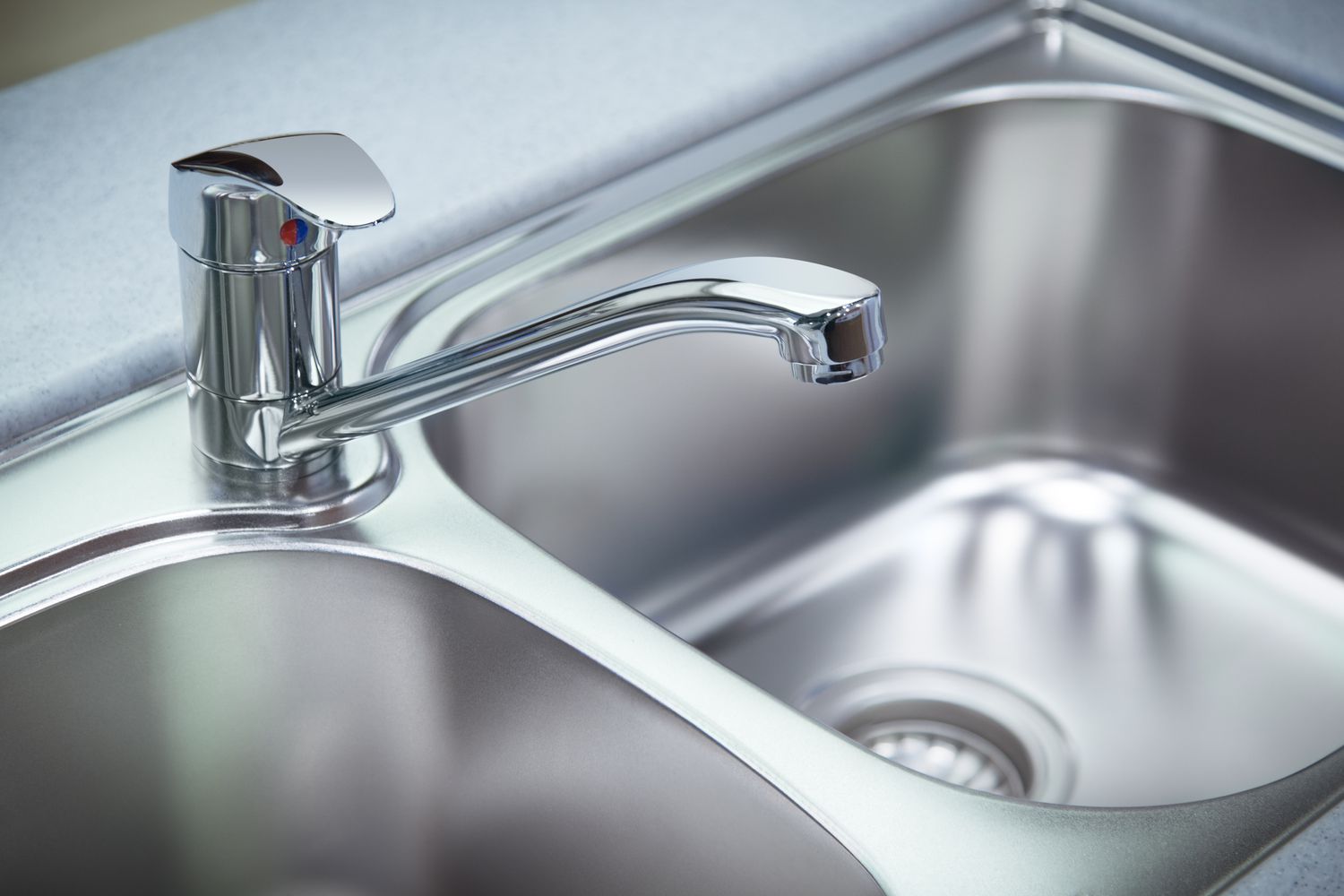Faucets come in a wide variety of designs, each with its own unique operating system, even in the same household. In most cases, the functionality of a faucet is not a major concern as long as it meets its primary purpose.
When your faucet begins dripping, leaking, or sputtering, however, understanding the finer details becomes critical. They all work – and break – differently. There are four main kinds of faucets. Each has its own unique operation and potential problems. To fix any faucet issues, you must first identify which type you are dealing with. Let’s look at the four types of sinks you may have in your home and how they work.
Compression faucets
Compression Faucets are one of the oldest types of faucets on the market. If you live in an older home that hasn’t had a new faucet installed in a while, there is a good chance that your faucet is a compression one. Compression taps have separate hot and cold handles that you can rotate by hand to open and close the valve. When you turn the handle, you open the valve and start the water flow. When you tighten the handle again, the water stops coming out. Turning the handles on a compression tap may sound a lot like a screw, and it is!
Most compression faucet repairs involve removing the handle, disassembling the valve assembly, and then replacing the washer inside the faucet. It’s not hard to do, but you’ll need to shut off the water and be careful not to let any parts fall down the drain. To make this repair easy, keep a few right-sized pressure washers on hand at all times.
Ball faucet
The first ball faucet was designed to be washerless. A ball faucet, unlike a compression faucet, has only one handle for hot water and cold water. Most ball faucets are used in kitchen sinks. If your faucet’s handle can semi-freeze up and down and side to side, then your faucet is a ball. The ball faucet’s lever controls the water temperature, water pressure, and water flow rate.
The repair process for ball faucets involves taking off the handle of the faucet, diagnosing the cause of the problem, and using the correct repair kit to fix the problem. If you know what type and make of ball faucet you need, you can purchase a repair kit that includes all the parts you may need. You may need to replace valve seals, O-ring, ball itself, or a combination of all of these parts.
Disc faucets
Disc faucet is a newer design than either the compression or the ball faucet. Discs are usually more durable than compression or ball fixtures. The wide cylindrical cylinder houses two ceramic disc – the upper disc that spins with the handle and the lower disc that stays in place. Disc faucet repairs typically involve taking off the handle of your faucet and opening the inner cartridge where your ceramic discs are stored. Cleaning the cartridge and rubber seals may help get things flowing again. If you find that the entire cartridge is still leaking, you may have to replace it. This is a simple and relatively inexpensive repair procedure. You can usually find a disc sink cartridge at your local home or hardware store that matches your model.
Repairing faucets is not a rocket science. However, at times it can get complicated and can turn into a plumber emergency. In such situations you can avail the services of Solutionsplumbing.co.uk to get immediate solution for your plumbing problems.

